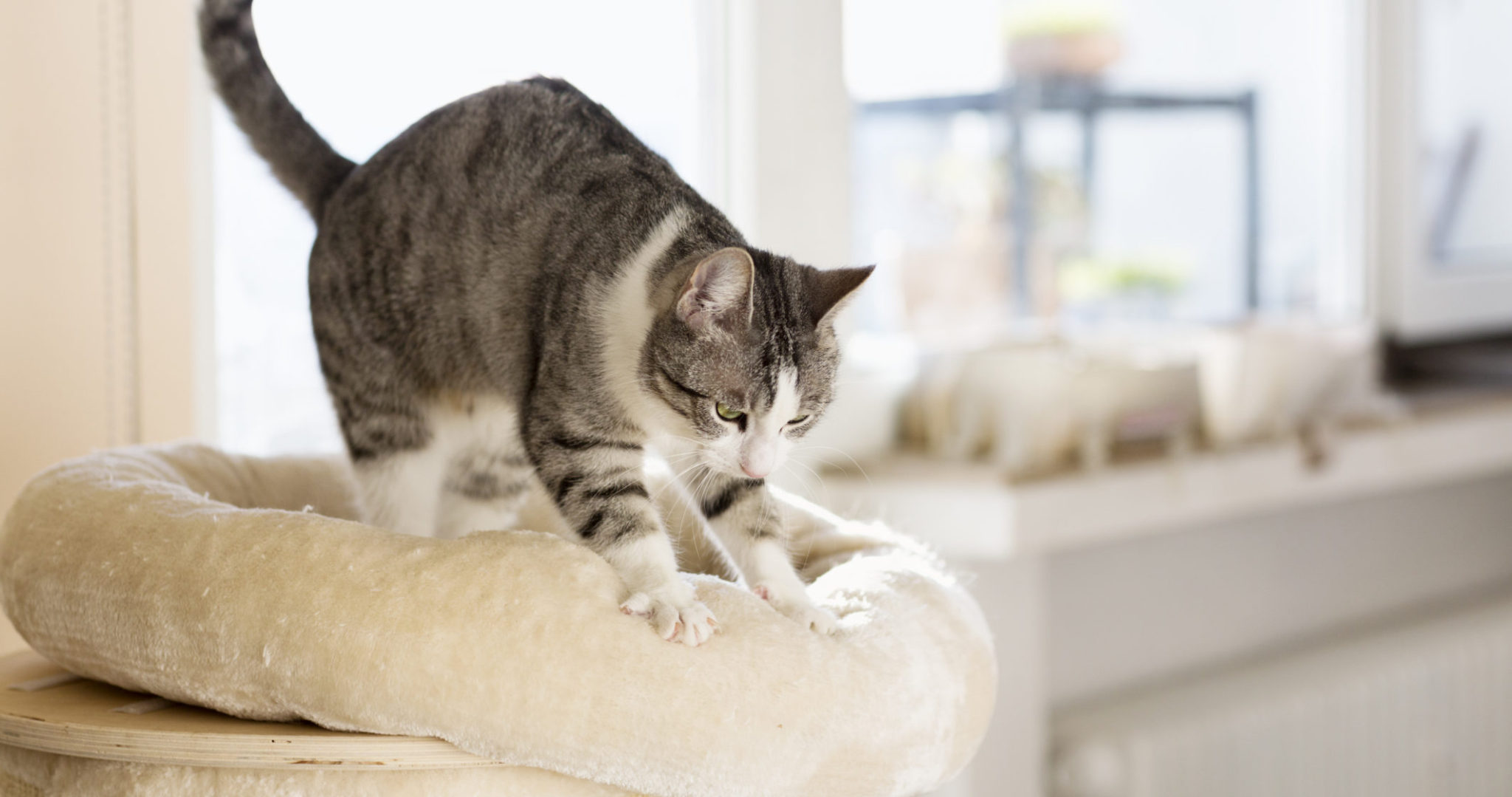

Articles
Why Do Cats Knead Pillows
Modified: December 7, 2023
Discover the interesting behavior of cats kneading pillows and learn more about their unique habits in our informative articles.
(Many of the links in this article redirect to a specific reviewed product. Your purchase of these products through affiliate links helps to generate commission for Storables.com, at no extra cost. Learn more)
Introduction
Have you ever watched a cat knead a pillow and wondered why they engage in this peculiar behavior? From their rhythmic pawing motions to their blissful expressions, it’s easy to be captivated by the sight. In this article, we will explore the fascinating world of feline kneading and uncover the reasons behind it.
Kneading is a common behavior observed in domestic cats, where they rhythmically push their paws into a soft surface, often resembling a rhythmic massaging action. Cats perform this action on various objects, including pillows, blankets, and even their owners’ laps. While it may seem like a random behavior, there is actually a method to the feline madness.
The origins of kneading behavior stem back to a cat’s early kittenhood. As adorable little kittens, they would knead on their mother’s abdomen to stimulate milk flow while they nursed. This instinctual behavior was essential for their survival. Even after being weaned, cats carry this behavior into adulthood as a means of self-soothing and communication.
Not only does kneading serve as a reminder of their early nurturing days, but it also offers several physical benefits to adult cats. It helps stretch and flex their muscles, promoting blood circulation and maintaining joint health. This rhythmic motion can also provide comfort and relaxation, reducing stress and anxiety in cats.
Interestingly, kneading is not solely a physical act – it is also a form of communication. Cats have scent glands in their paw pads, and when they knead on a surface, they release pheromones, which serve as a territorial marking. It’s their way of claiming ownership over an area or object, leaving behind their distinctive scent for other cats to detect.
While cats engage in kneading on various objects, pillows seem to be a particular favorite. There are a few reasons for this. Firstly, pillows are soft and offer a comforting texture, reminiscent of their mother’s warm belly. Secondly, the shape and size of a pillow are ideal for a cat to sink their paws into and manipulate. Finally, pillows absorb scents, which allows cats to leave their mark effectively, reinforcing their territorial instinct.
To truly understand why cats knead and what motivates them to engage in this behavior, we need to delve into the psychology of felines. Kneading is often associated with feelings of contentment and security. When a cat kneads, they are in a relaxed state, expressing their trust and affection. It’s their way of saying, “I feel safe and loved.”
If you want to encourage or discourage your cat’s kneading behavior, it’s essential to understand their individual preferences and motivations. Providing a variety of suitable surfaces, such as scratching posts or fleece blankets, can redirect their kneading behavior and protect your favorite pillow. If the kneading becomes excessive or painful, consult a veterinarian for professional advice.
Now that we have explored the fascinating world of cat kneading, you can appreciate this behavior for what it is – a natural and instinctive action that serves both physiological and emotional purposes for our feline companions. So, the next time you see your cat kneading their favorite pillow, you can appreciate the loving gesture behind it.
Key Takeaways:
- Cats knead pillows as a comforting reminder of their nurturing days as kittens, providing physical and emotional benefits while also serving as a form of communication through scent marking.
- Understanding the psychology behind kneading behavior helps create a supportive environment for cats, encouraging positive behaviors and strengthening the bond between feline companions and their human counterparts.
Read more: Why Do Cats Lick Pillows
What is Kneading?
Kneading is a common behavior exhibited by cats, characterized by the rhythmic pushing and flexing of their front paws against a soft surface. This motion often resembles the actions of kneading dough, hence the name. Cats typically perform this behavior on objects such as pillows, blankets, or even on the laps of their human companions.
When a cat kneads, they use alternating motions of their paws, gently pushing and pulling on the surface beneath them. The action involves a combination of extending and retracting their claws while pressing down with their paw pads. Some cats may even purr or show signs of contentment during the process.
Kneading is a deeply ingrained instinct in cats that begins in their early kittenhood. Nursing kittens instinctively knead their mother’s belly as a way to stimulate milk flow. The kneading motion stimulates the mother cat’s mammary glands, allowing them to produce and release milk for the hungry kittens.
As cats grow older, kneading continues to serve a purpose beyond nourishment. It becomes a comforting and self-soothing behavior for both domestic cats and wild felines. The motion helps to calm and relax them, providing a sense of security and familiarity reminiscent of their nurturing days as kittens.
Understanding the purpose behind kneading requires a closer look at the anatomy of a cat’s paws. Cats have scent glands located on the soft pads of their paws. When they press their paws against a surface, these scent glands release pheromones. These pheromones act as a form of communication, marking the object or area as their territory.
Additionally, the action of kneading helps to stretch and flex the muscles in a cat’s paws and legs. This stretching motion aids in maintaining their joint flexibility and overall muscle tone. It also promotes healthy blood circulation to their extremities.
Kneading also carries psychological significance in the feline world. Cats often associate kneading with positive emotions such as comfort, relaxation, and contentment. It is a behavior closely linked to feelings of safety and trust in their environment.
While kneading is typically a benign and natural behavior, it’s essential to monitor your cat’s actions. Some cats may display signs of excessive or aggressive kneading, which can result in discomfort or even injury. If you observe any concerning behavior or your cat’s kneading becomes problematic, it is advisable to seek advice from a veterinarian or a qualified animal behaviorist.
Overall, kneading is a fascinating behavior that goes beyond its superficial appearance. It serves as a physical and emotional outlet for cats, allowing them to communicate, relax, and maintain their physical well-being. By understanding the purpose behind kneading, we can better appreciate and respond to our feline companions’ needs.
The Origin of Kneading Behavior in Cats
Kneading behavior in cats is deeply rooted in their evolutionary history and begins during their early stages of life. The origin of this behavior can be traced back to the wild feline ancestors of domestic cats.
In the wild, newborn kittens rely entirely on their mother for survival. They are born blind and helpless, and one of their most crucial needs is to nurse for sustenance. To stimulate milk flow in their mother, kittens instinctively knead her belly while suckling. This behavior triggers her mammary glands and facilitates the distribution of milk to the hungry kittens.
As kittens grow and develop, they continue to engage in kneading behavior even after being weaned. This behavior serves multiple purposes beyond nourishment. It becomes a mechanism for self-soothing and comfort, reminiscent of their early bonding experiences with their mother.
One theory suggests that kneading helps kittens to establish a sense of security by recreating the comforting sensations they experienced during their nursing period. The rhythmic motion and pressure on their mother’s abdomen provided warmth, comfort, and a feeling of safety. Hence, the act of kneading becomes deeply ingrained in their psyche as a way to seek comfort and relaxation throughout their lives.
Kneading is also believed to be a way for kittens to form a strong bond with their mother. Through the act of kneading, kittens release endorphins, which are natural feel-good chemicals in the brain. These endorphins create positive associations and strengthen the emotional connection with their mother.
While kneading is primarily associated with maternal bonding, it is not limited to the mother-kitten relationship. In multi-cat households or colonies, kittens may also knead on their littermates, seeking the same sense of security and comfort.
It’s important to note that domestic cats retain this instinctual behavior even though they may have been separated from their biological mothers at a young age. This highlights the innate nature of kneading and its significance in a cat’s emotional well-being.
As cats mature into adulthood, kneading can become a way for them to self-soothe and cope with stress or anxiety. The action of kneading triggers a release of tension and promotes relaxation by activating the muscles and releasing endorphins.
Understanding the origin of kneading behavior helps us appreciate its significance and recognize its role in cats’ emotional and behavioral patterns. By acknowledging the instinctual roots of kneading, we can provide a supportive and nurturing environment that meets our feline companions’ unique needs.
The Physical Benefits of Kneading
Kneading behavior in cats not only serves emotional and bonding purposes but also provides several physical benefits for our feline companions. This rhythmic pawing motion offers a natural form of exercise and stimulation, helping to maintain their physical well-being.
One of the primary benefits of kneading is its effect on a cat’s muscles and joints. When cats engage in kneading, they stretch and flex their front paws, as well as their shoulders and back legs. This stretching motion helps to promote muscle tone and maintain joint flexibility, which is particularly important for older cats or those with mobility issues.
The repetitive motion of kneading stimulates blood circulation to the muscles and extremities. It effectively increases oxygen and nutrient supply to these areas, supporting overall muscle health and aiding in the removal of metabolic waste products. Improved blood flow can also help prevent stiffness and reduce the risk of muscle cramps.
Kneading can act as a form of gentle massage for cats. The rhythmic pressure and motion on their paw pads can provide comfort and relief, similar to the way massage therapy benefits humans. This can be particularly soothing for cats with tense or sore muscles, helping to alleviate any discomfort or stiffness they may be experiencing.
Furthermore, the act of kneading can promote healthy nail maintenance for cats. As they extend and retract their claws during kneading, it helps to keep their claws sharp, removing the outer sheath and preventing them from becoming overly long or causing issues such as being caught on objects or ingrown nails.
Not only does kneading offer physical benefits, but it can also serve as a stress reduction mechanism for cats. The repetitive and rhythmic motion of kneading triggers the release of endorphins – natural “feel-good” chemicals in the brain. These endorphins induce a sense of relaxation and contentment, helping to reduce anxiety and promote a calmer state of mind.
It’s worth noting that while kneading can have physical benefits, it’s important to ensure that the surface cats knead on is suitable and safe. Providing appropriate scratching posts or other suitable surfaces for them to knead on helps redirect their behavior and protect furniture or other delicate items from potential damage.
In summary, the physical benefits of kneading are numerous. It helps maintain muscle tone, joint flexibility, and healthy blood circulation in cats. Additionally, it provides a soothing massage-like effect and aids in nail maintenance. By understanding the physical advantages of kneading, we can better appreciate how this instinctual behavior contributes to the overall well-being of our feline friends.
Kneading as a Form of Communication
While kneading is commonly associated with the physical and emotional benefits it provides for cats, it also serves as a form of communication. Cats are known for their subtle and complex communication methods, and kneading is one of the ways they express themselves to other cats and humans.
One of the primary ways cats communicate through kneading is by leaving their scent behind. Cats possess scent glands in the soft pads of their paws. When they engage in kneading, these glands are activated and release pheromones onto the surface they are kneading on.
These pheromones act as a chemical message, conveying information to other cats in the household or the surrounding environment. By leaving their scent through kneading, cats are marking the area or object as their territory. This territorial marking behavior is their way of establishing a sense of ownership and identifying familiar spaces as safe and secure.
Kneading can also be seen as a social bonding behavior. When cats knead on each other or on their human companions, it is a sign of trust and acceptance. It represents a display of comfort and contentment within the relationship.
Furthermore, kneading can be a way for cats to solicit attention or affection. When a cat kneads on a person’s lap, for example, they may be seeking closeness and interaction. By engaging in this behavior, they are inviting the person to reciprocate and provide comfort or pets.
Some cat behavior experts believe that kneading can also be a remnant of the “milk treading” behavior that kittens exhibit when nursing. They theorize that adult cats may associate kneading with the pleasurable sensations and nourishment they experienced during their early development. Thus, it becomes a behavior associated with positive emotions and a connection to nurturing experiences.
It’s important to note that the context and body language accompanying the kneading behavior also play a significant role in its communication aspect. Cats may display other subtle cues, such as purring, relaxed body posture, and kneading with a gentle touch, to further convey their intentions.
Understanding kneading as a form of communication helps us decipher the messages our cats are trying to convey. By observing their body language and recognizing the scent-marking aspect of kneading, we can better respond to their needs and strengthen our bond with them.
Next time you observe your cat kneading on a soft surface, remember that it is not just a random action. It is a complex and nuanced form of communication, reflecting their natural instincts and their desire for connection and security.
Cats knead pillows as a natural instinct from kittenhood, when they knead their mother’s belly to stimulate milk flow. Providing a soft, comfortable pillow for your cat to knead can help them feel secure and content.
Read more: Why Do Cats Scratch On Furniture
Why Do Cats Knead Pillows Specifically?
Out of all the surfaces cats can choose to knead on, pillows seem to hold a special appeal for them. There are several reasons why cats may show a preference for kneading pillows specifically.
Firstly, pillows are soft and offer a comforting texture. The plushness and cushioning of a pillow resemble the sensation of a mother cat’s warm belly during nursing. This association with early nurturing and security may make pillows an attractive choice for cats when seeking a cozy and comforting surface to knead on.
Secondly, the shape and size of a pillow make it ideal for a cat to sink their paws into and manipulate. Cats are known for their desire to knead on surfaces that they can easily grip and push against. With its pliability and malleability, a pillow allows cats to fully engage their claws and flex their paws, satisfying their instinctual need to extend and retract their claws.
Pillows, especially those made with fabrics like fleece or flannel, tend to absorb scents effectively. Cats have scent glands on their paw pads, and when they knead, they release pheromones onto the surface. By kneading on a pillow, cats can leave their unique scent behind, marking it as their territory. This scent-marking behavior is a way for cats to communicate with other cats, signaling their presence and establishing a sense of ownership over the pillow.
Additionally, pillows carry the scent of their owners. Cats have a keen sense of smell and are highly attuned to their human’s scent. By kneading on a pillow that carries the scent of their owner, cats may feel a deeper sense of connection and comfort. It serves as a way for them to bond with their human and create a familiar and reassuring environment.
It’s important to note that while pillows may be a preferred surface for kneading, it’s essential to provide other suitable alternatives to redirect their behavior and protect valuable pillows or bedding. Offering scratching posts, soft blankets, or dedicated cat beds can give them appropriate outlets for their kneading instincts while avoiding potential damage to household items.
The preference for kneading pillows specifically may vary among cats. Some cats may show a strong affinity for pillows, while others may choose other surfaces according to their own individual preferences. Understanding your cat’s unique inclinations can help you provide them with appropriate outlets for their kneading behavior.
So, the next time you find your feline friend kneading on your favorite pillow, remember that it serves as a multi-purpose behavior – offering comfort, establishing territory, and connecting with you through scent. Embrace their need to knead and appreciate the special significance pillows hold in their instinctual repertoire.
Understanding the Psychology Behind Kneading Behavior
Kneading behavior in cats goes beyond a simple physical action; it holds a deeper psychological significance. To understand why cats engage in kneading, we need to delve into their psychology and explore the underlying motivations driving this behavior.
One key aspect of kneading is the association with comfort and security. As kittens, they knead their mother’s abdomen to stimulate milk flow and receive nourishment. This rhythmic motion creates a calming and soothing effect, which carries over into adulthood. Cats often engage in kneading when they are in a relaxed state, demonstrating their contentment and trust in their environment.
Moreover, kneading can be linked to a cat’s need for warmth and familiarity. The motion of pushing and flexing their paws against a soft surface, such as a blanket or pillow, evokes the memory of curling up with their mother or littermates. It recreates the feelings of being safe, secure, and nurtured. The act of kneading helps cats establish a sense of comfort and familiarity in their surroundings.
Another important factor to consider is that kneading is often triggered by positive emotional states. Cats may knead when they are feeling happy, content, or seeking attention. It is their way of expressing pleasure and seeking connection with their human companions or other feline family members.
By kneading, cats release endorphins – natural “feel-good” chemicals in the brain. The repetitive motion and pressure exerted during kneading stimulate the release of these endorphins, inducing a sense of relaxation and happiness. This positive reinforcement further reinforces the behavior, making kneading a pleasurable and rewarding experience for cats.
The instinctual need for cats to mark their territory also plays a role in kneading behavior. Cats have scent glands in the soft pads of their paws, and when they knead, they release pheromones onto the surface. This territorial marking behavior helps them establish a sense of ownership and familiarity, providing a sense of security in their environment.
Understanding the psychology behind kneading helps us interpret the behavior in a more meaningful way. It gives us insight into the emotional well-being of our cats and allows us to respond to their needs effectively.
It’s important to note that individual cats may display variations in their kneading behavior based on their unique personality traits, past experiences, and overall temperament. Some cats may knead more frequently or intensely, while others may engage in the behavior less frequently or with less intensity.
By observing and understanding the psychological motivations behind kneading, we can foster a supportive and enriching environment that meets our cats’ emotional needs. Providing them with soft surfaces, warmth, and positive social interactions can create a sense of security and happiness, and enhance their overall well-being.
So, the next time you see your cat kneading, remember that it is not just a random action. It’s a window into their emotional world and a reflection of their instinctual needs for comfort, security, and connection.
How to Encourage or Discourage Kneading Behavior in Cats
Kneading is a natural behavior for cats that serves various purposes, including physical exercise, comfort, and communication. While some cat owners may appreciate their feline friends’ kneading, others may want to encourage or discourage the behavior based on their individual circumstances. Here are some tips on how to manage kneading behavior in cats:
To Encourage Kneading:
- Provide suitable surfaces: Offer your cat a variety of appropriate surfaces to knead on, such as scratching posts, soft blankets, or fleece pads. Providing alternatives that are specifically designed for kneading can redirect their behavior to more suitable areas.
- Positive reinforcement: When your cat kneads on an acceptable surface, reward them with verbal praise, gentle petting, or treats. Positive reinforcement helps establish a positive association between the desired behavior and rewards, encouraging them to continue using the designated surfaces.
- Create a cozy environment: Make sure your cat has access to warm and comfortable spaces. Offer cozy beds, blankets, or heated pads to provide them with a sense of security and comfort that may reduce their need to knead excessively.
To Discourage Kneading:
- Use deterrents: If you want to discourage kneading on certain surfaces, you can use deterrents such as double-sided sticky tape, aluminum foil, or textured mats. Place these deterrents on the surfaces you want your cat to avoid, as the unfamiliar texture can discourage them from kneading there.
- Redirect their behavior: When you observe your cat starting to knead on an inappropriate surface, gently redirect their attention to a suitable alternative, such as a scratching post. Offering a positive distraction can help divert their kneading behavior to a more appropriate location.
- Modify the environment: If your cat repeatedly kneads on items that you cannot deter or redirect, consider modifying the environment to limit their access to those items. For example, keep bedroom doors closed or use baby gates to block off areas with sensitive or valuable items.
Seek professional advice:
If your cat’s kneading behavior becomes excessive, painful, or problematic, seeking guidance from a veterinarian or a qualified animal behaviorist is recommended. They can assess your cat’s specific situation and provide tailored advice or potential therapeutic interventions to address any underlying issues.
Remember to be patient and consistent when modifying your cat’s kneading behavior. Understanding their natural instincts and needs will help you create an environment that supports their well-being while also aligning with your preferences and household dynamics. With time, patience, and positive reinforcement, you can guide your cat towards desired behaviors while maintaining a strong and loving bond.
Conclusion
Kneading behavior in cats is a fascinating and multifaceted aspect of their natural instincts and communication repertoire. What may initially appear as a simple action of pushing and flexing their paws holds deeper meanings rooted in their evolutionary history and individual experiences.
Understanding why cats knead and the benefits it offers helps us appreciate and respond to their needs more effectively. Kneading serves as a way for cats to express comfort, trust, and contentment. It provides physical benefits, such as muscle stretching and joint flexibility, while also facilitating emotional well-being through the release of endorphins.
Furthermore, kneading is a form of communication for cats. By leaving their scent through kneading, cats mark their territory and establish a sense of ownership. It acts as a social bonding behavior and can also be a means of seeking attention or affection from their human companions.
While cats may have a preference for kneading pillows due to their softness, comforting texture, and scent-absorbing qualities, it’s important to provide suitable alternatives and redirect their behavior when necessary. Positive reinforcement, environmental modifications, and the use of deterrents can help encourage or discourage kneading on specific surfaces.
Ultimately, fostering a supportive and enriching environment that meets our cats’ physical and emotional needs is crucial. By understanding the psychology behind kneading and acknowledging its significance, we strengthen our bonds with our feline companions and create a harmonious and fulfilling relationship.
So, the next time you observe your cat kneading, take a moment to appreciate the purpose behind this intriguing behavior. Embrace their need for comfort and connection, while also guiding them towards appropriate outlets for their instincts. With love, understanding, and responsive care, we can nurture our cats’ well-being and enjoy the unique joys they bring to our lives.
Frequently Asked Questions about Why Do Cats Knead Pillows
Was this page helpful?
At Storables.com, we guarantee accurate and reliable information. Our content, validated by Expert Board Contributors, is crafted following stringent Editorial Policies. We're committed to providing you with well-researched, expert-backed insights for all your informational needs.
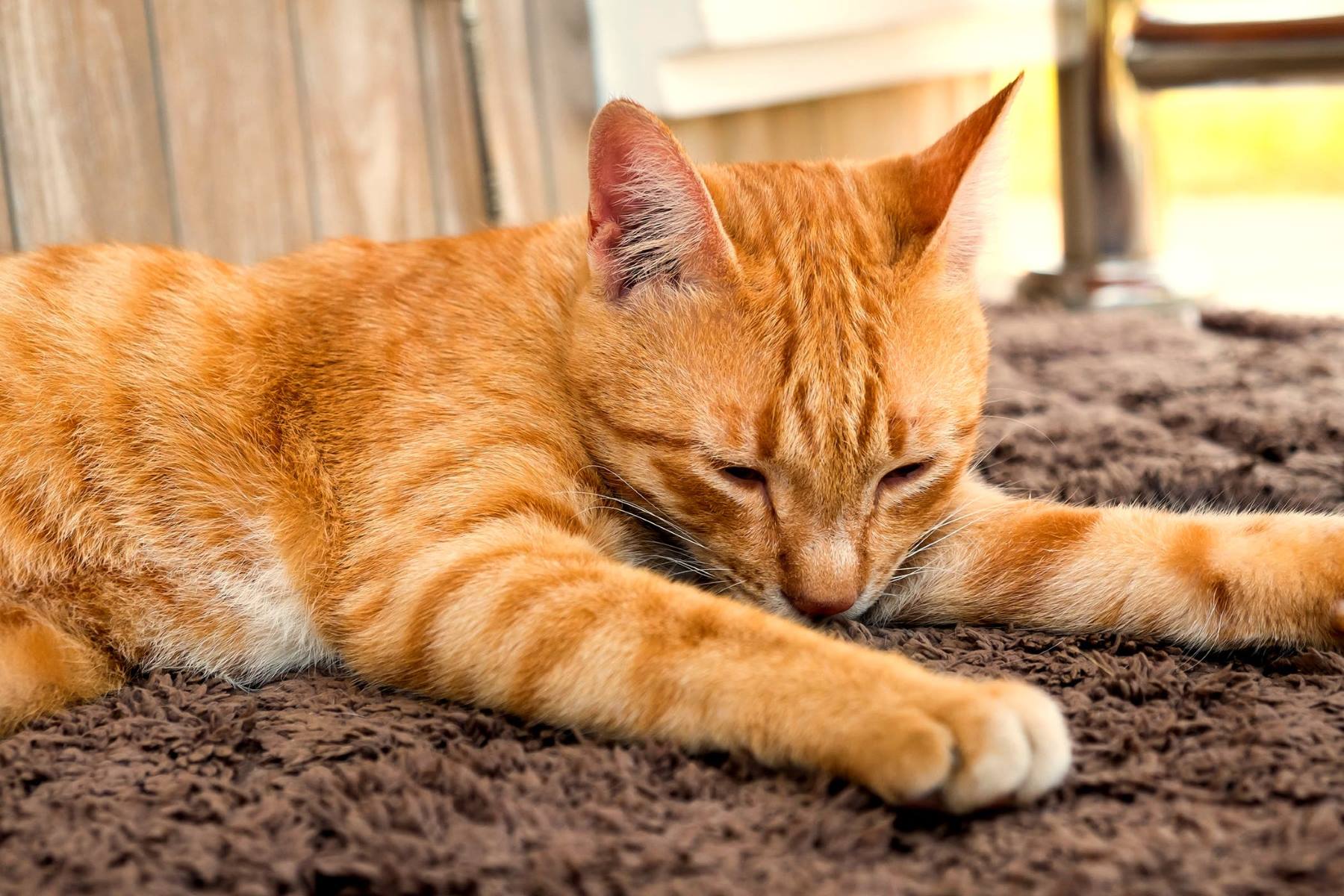
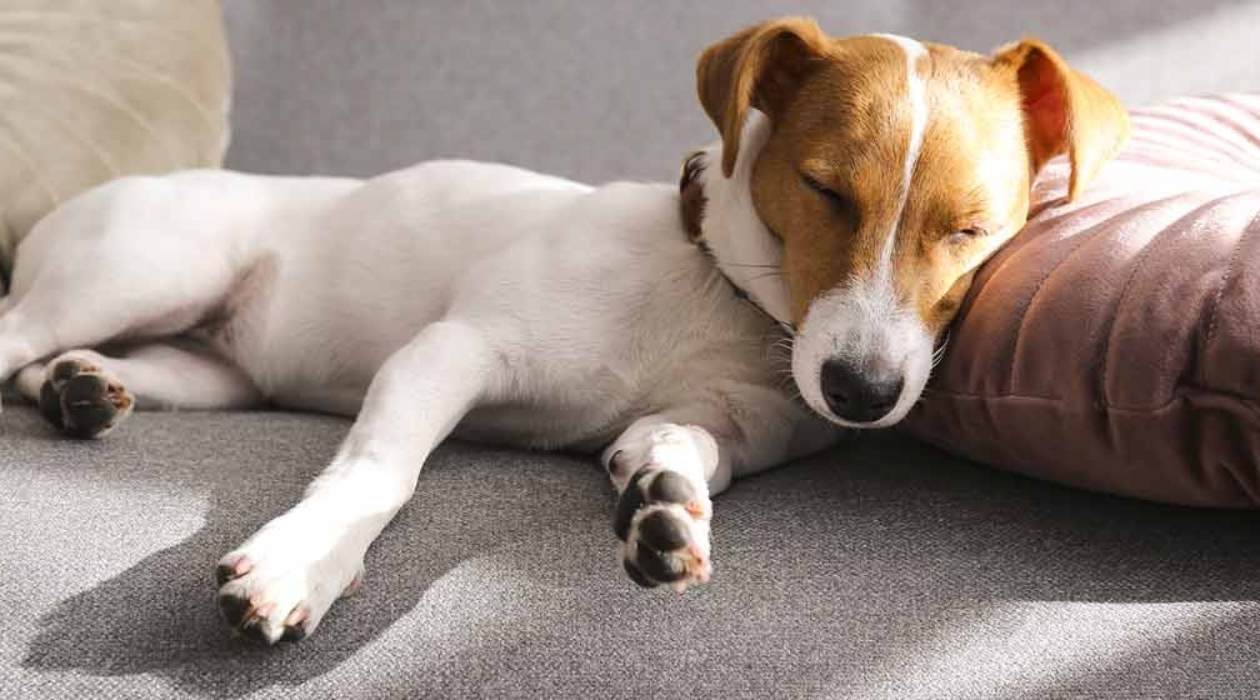
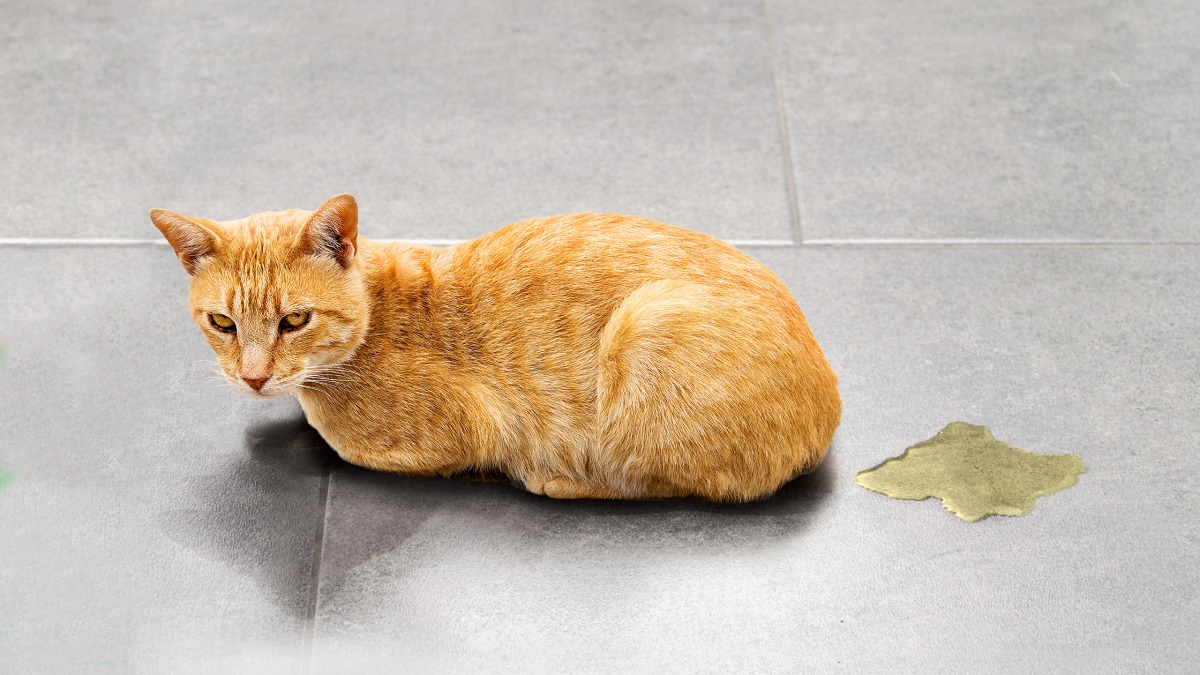

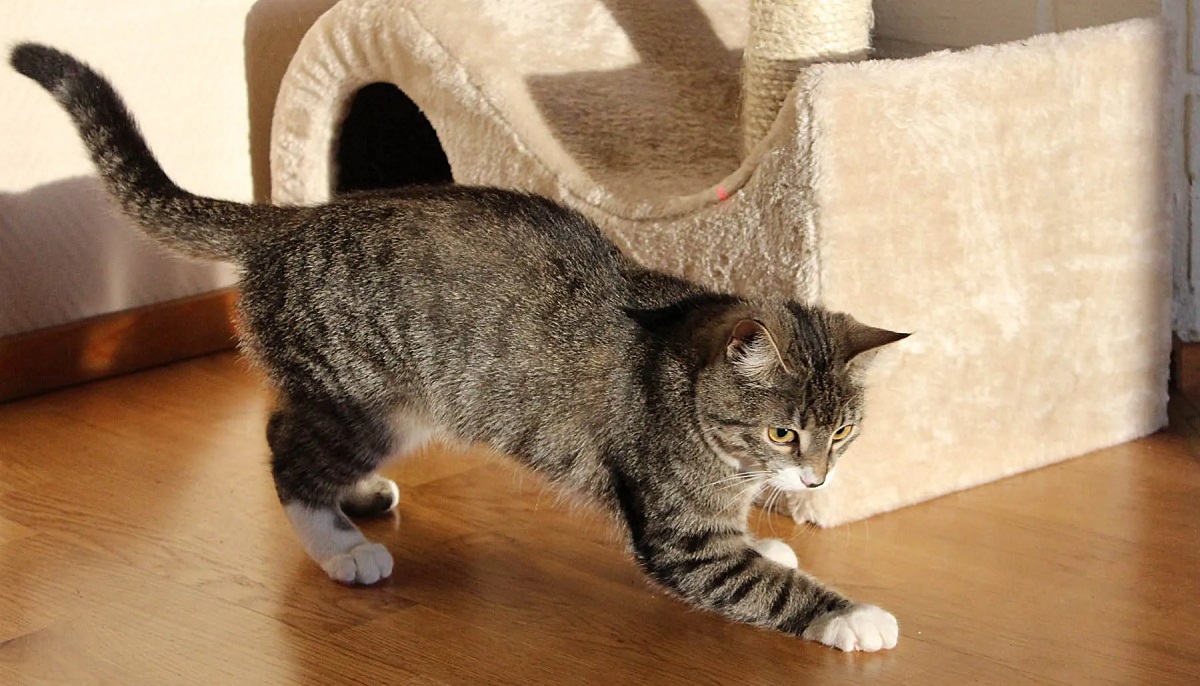
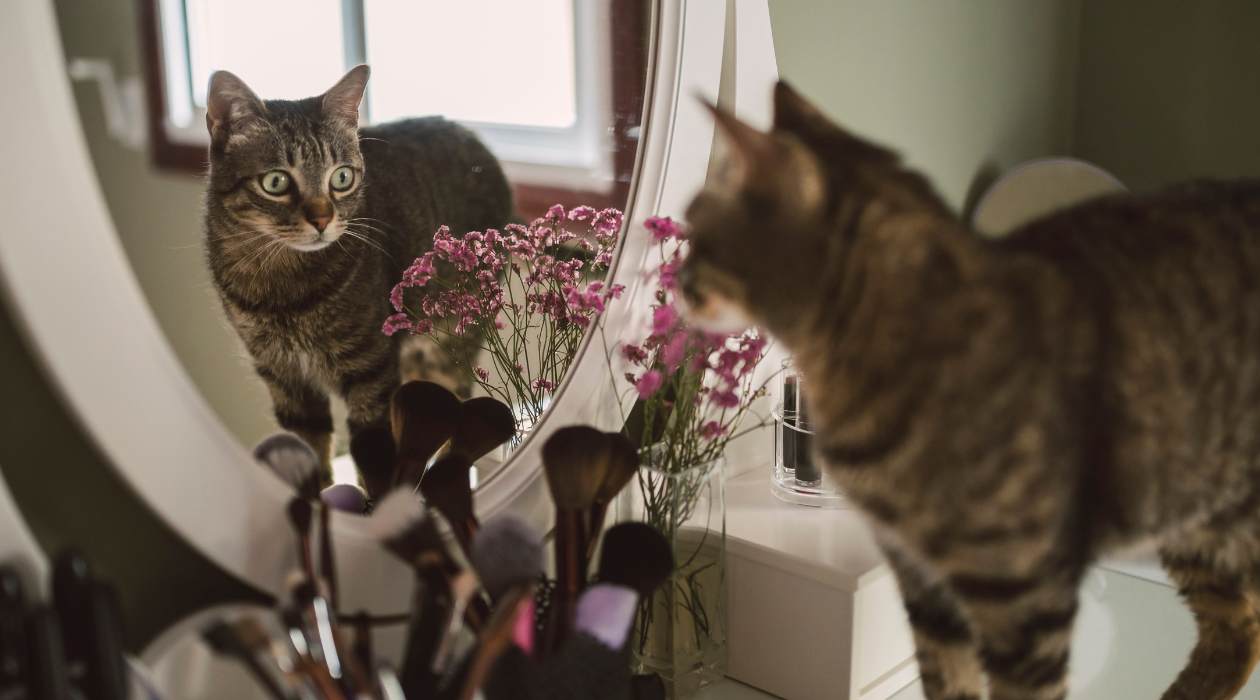
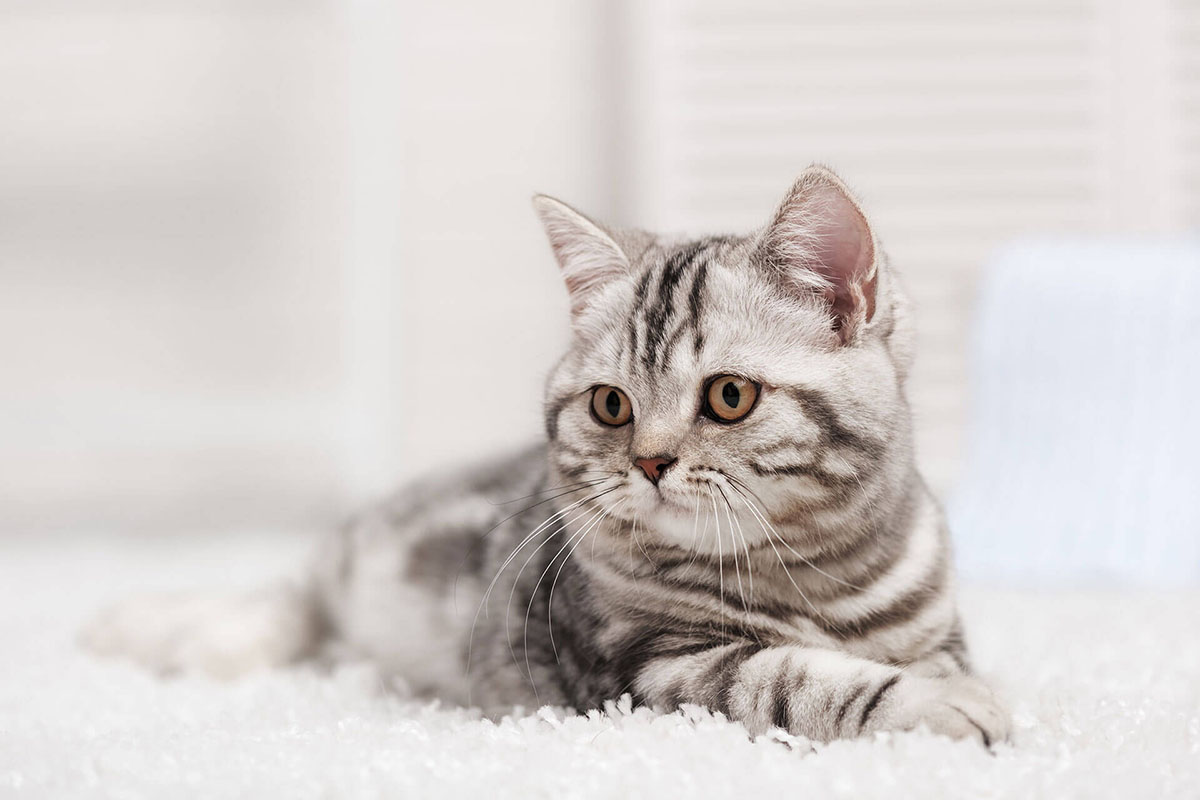

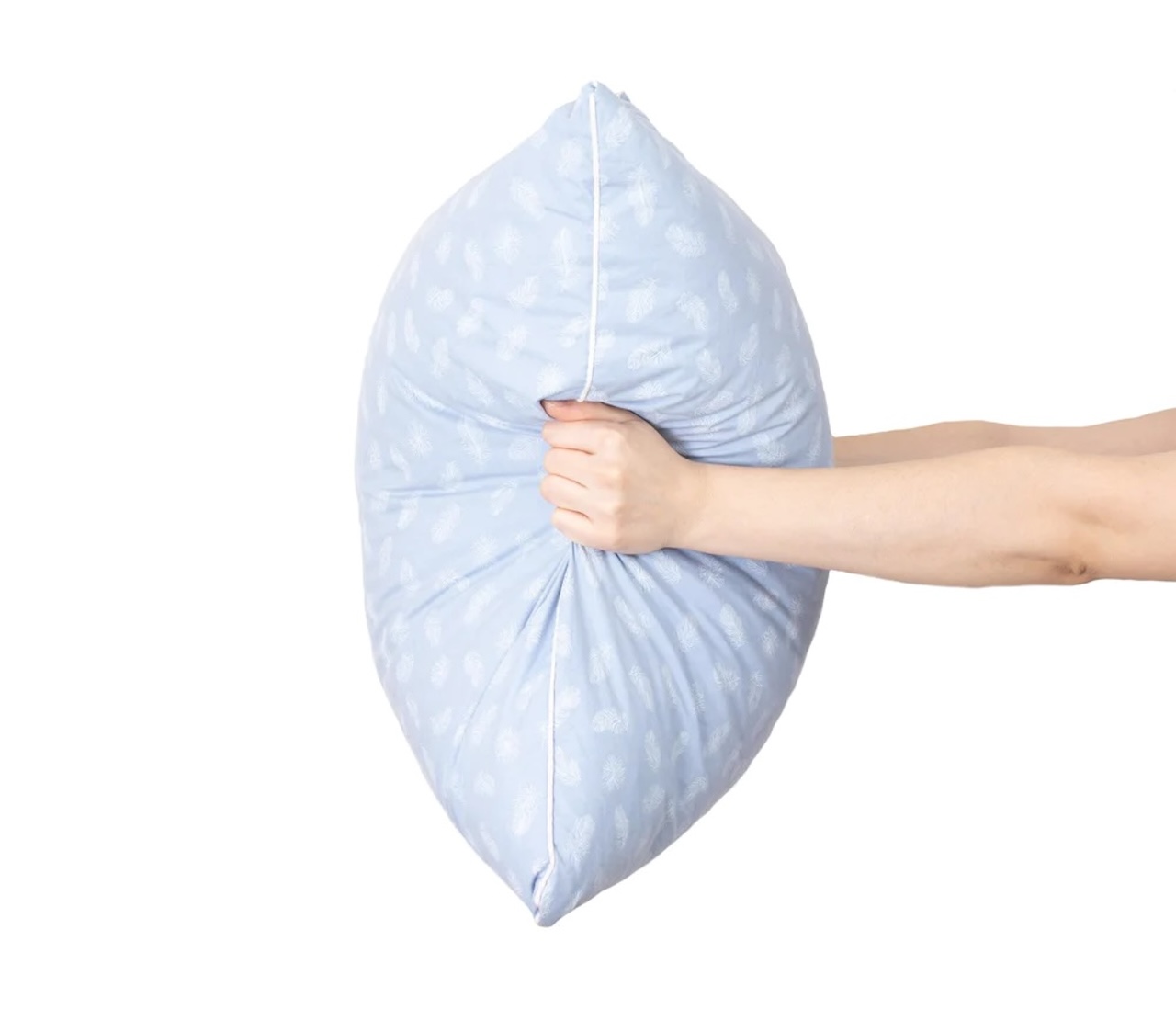
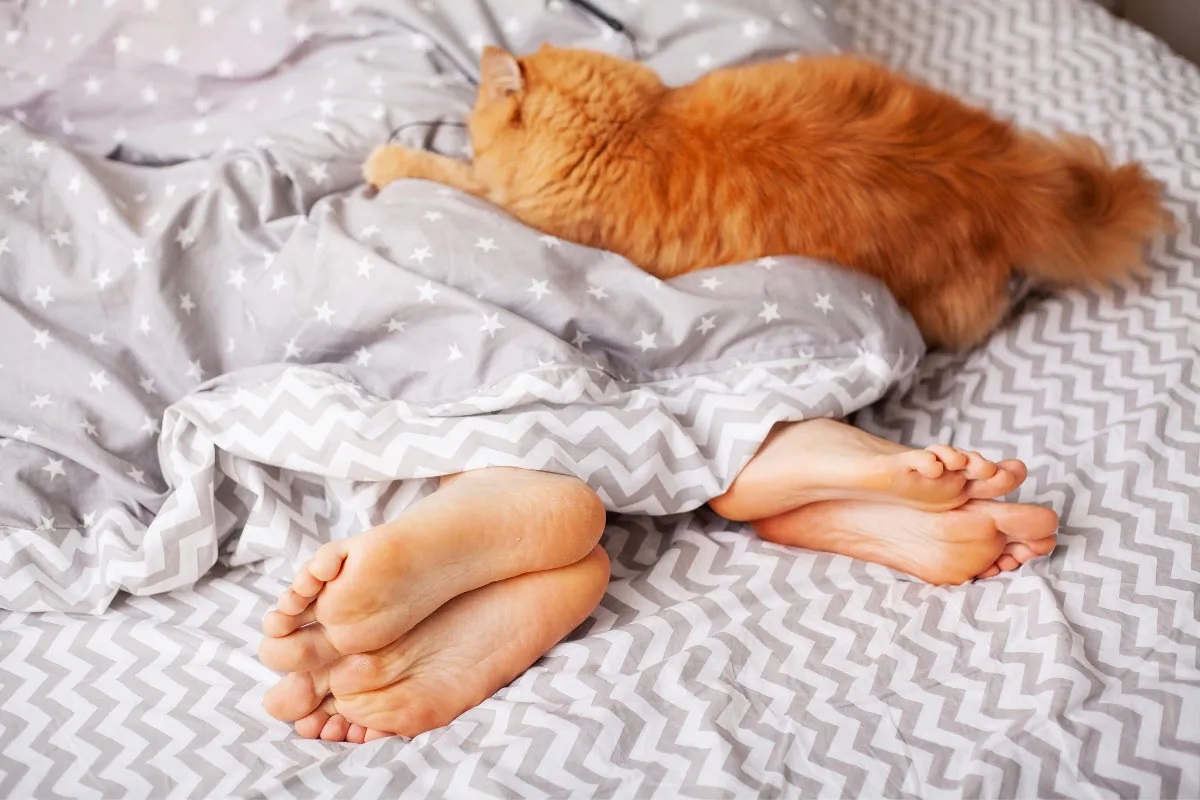
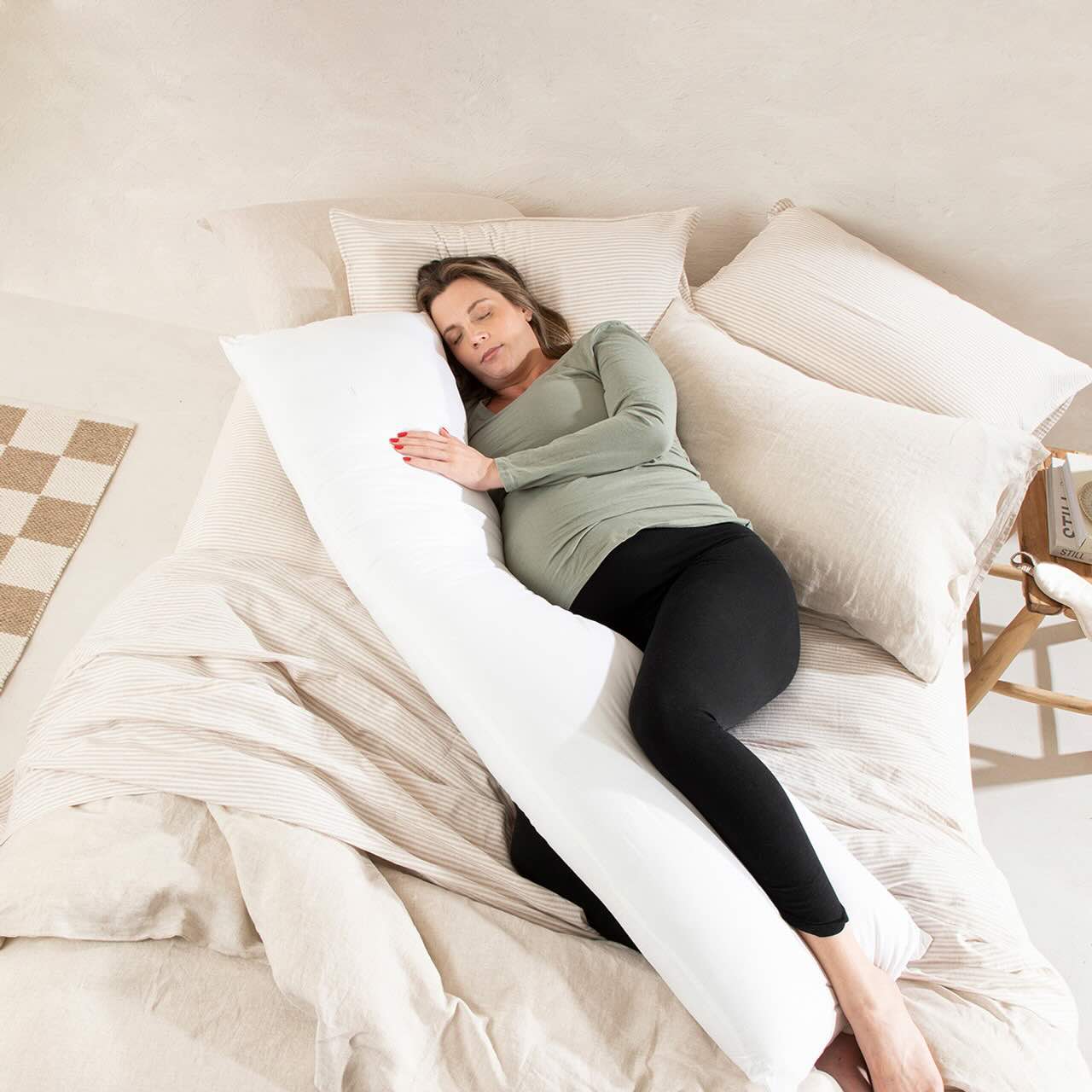
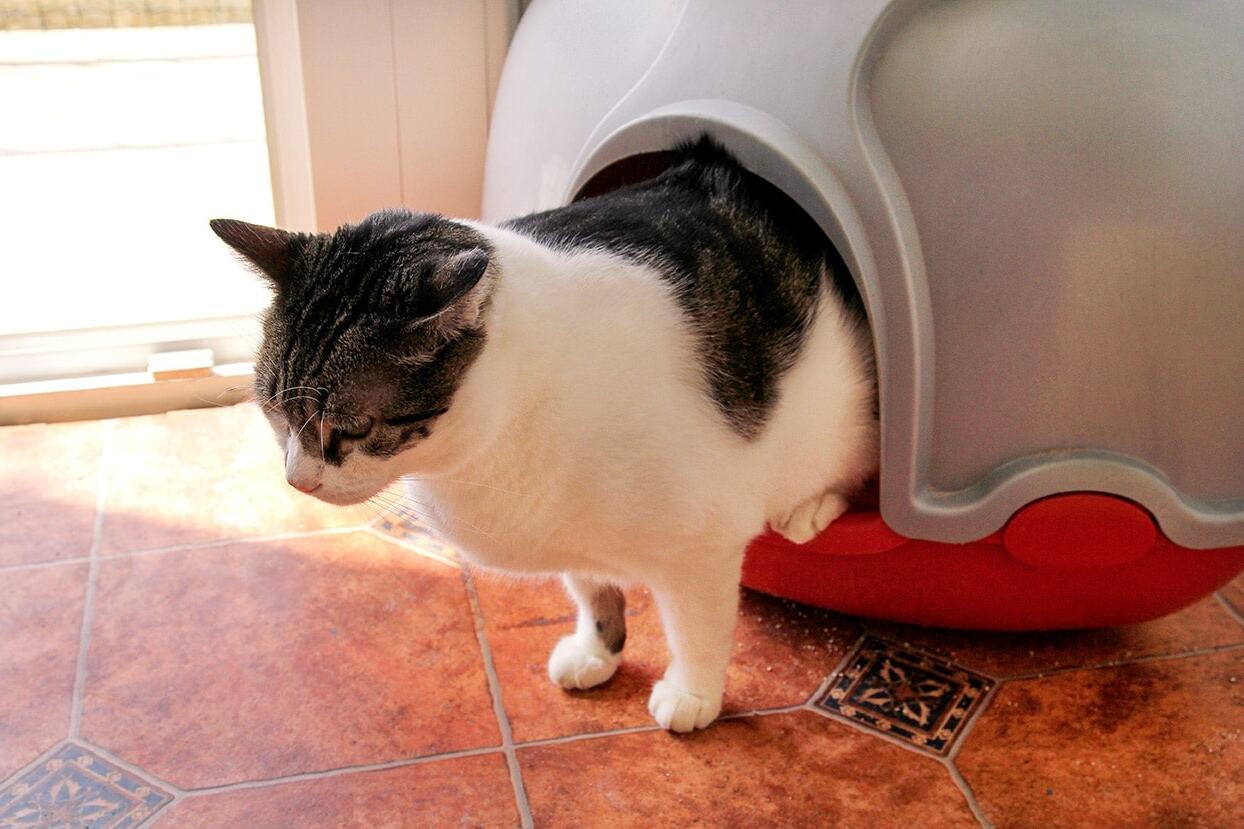
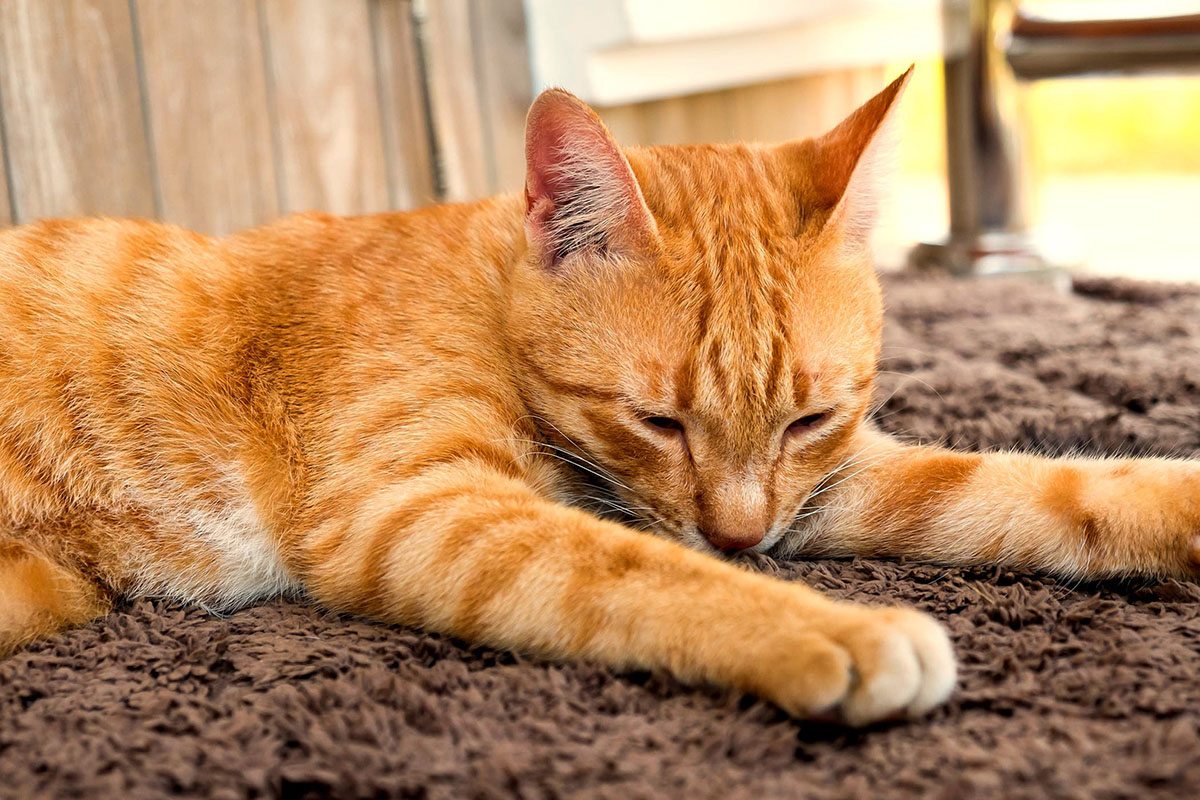
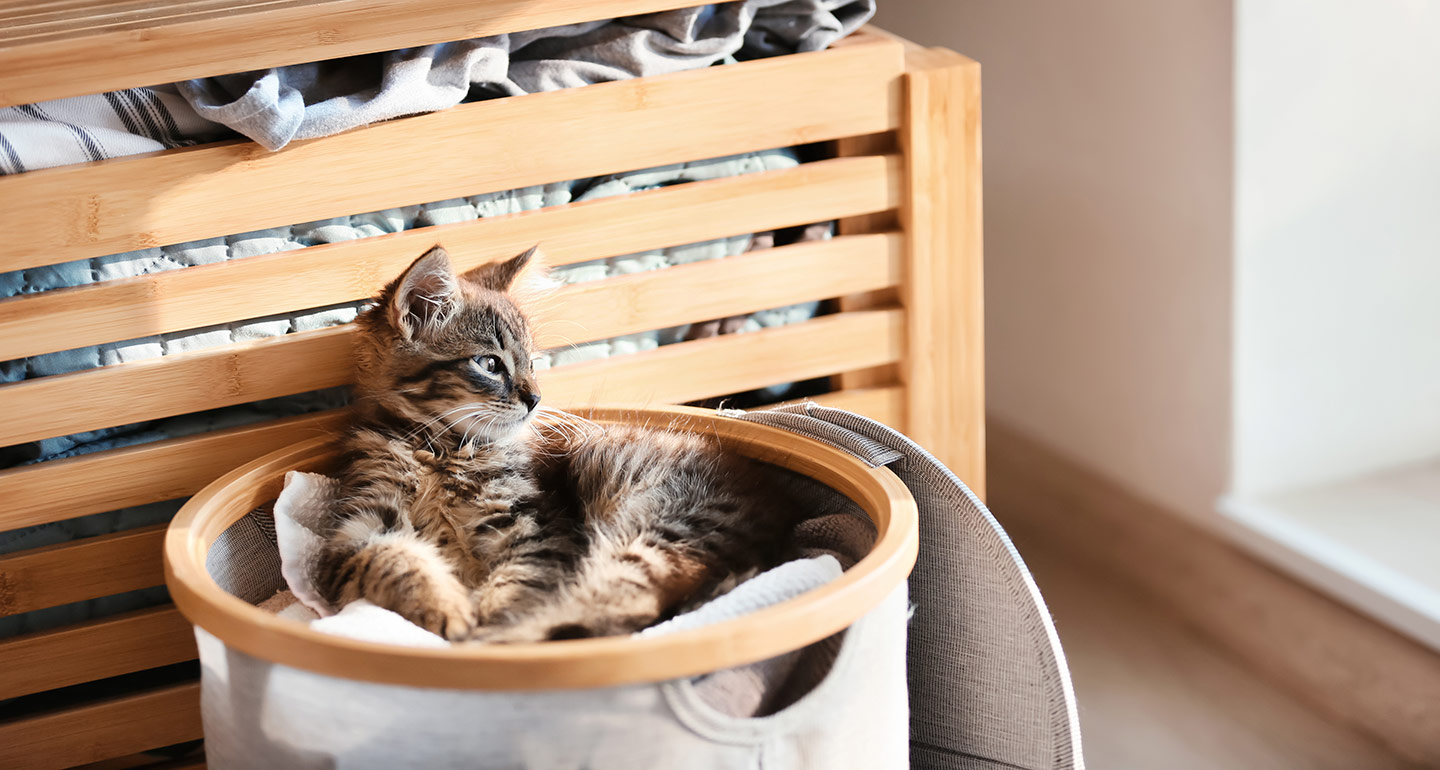

0 thoughts on “Why Do Cats Knead Pillows”